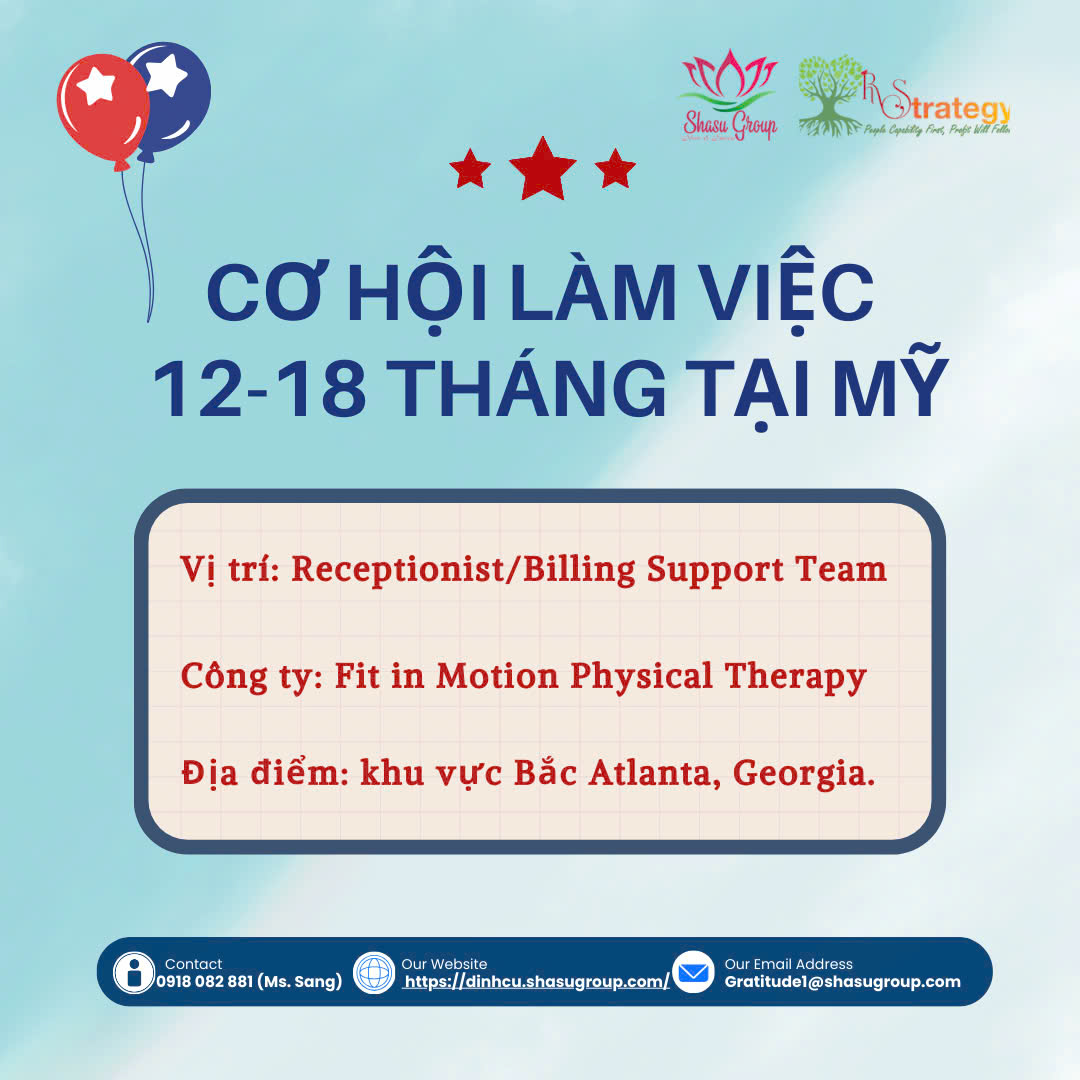What Is a Toxic Work Culture?
Think of a plant in a toxic environment; the plant will fail to thrive and will ultimately die. That’s basically the metaphor for a toxic corporate culture. It prevents employees from thriving and while it (probably) won’t kill them literally, it won’t bring out their best and will eventually drive them to look for a job elsewhere.
Expression of toxic culture is:
- The policies and procedures are designed with the company, not its workforce, in mind
- The requirement to work from home is out of date and has a negative impact on employee performance.
- Benefits and perks that are easy on the company budget, but tough on employees’ lives
- Regarding employees as objects that fulfill the company’s needs, not as people who have their own lives and families.
A toxic work culture results in workplace “illnesses,” such as lack of cohesion among teams, increased absences and tardiness, lower productivity and high turnover.
16 Signs of a Toxic Work Culture
Here is 16 Signs help you recognize Toxic Work Culture
- A culture of overwork
- Vertical and/or horizontal bullying
- Poor communication
- Generalized poor behavior, seen in both bosses and employees
- Abundant office drama
- Gossip
- General dysfunction
- Managerial tyranny
- Lack of career growth for the workforce
- High levels of stress
- Management’s lax responses to issues
- An Absence of Core Values
- Managers Don’t Follow Core Values
- Teams See High Turnover
- There’s a Culture of Unfriendly Competition
- Employees Are Often Tardy or Absent
- People Work Through Lunch
- No Good Reviews of the Company Culture
- The Company Doesn’t Give Back to the Community
- Employees Aren’t Acknowledged and Rewarded
- Managers Don’t Promote From Within
- Managers Publicly Criticize Employees
- People Work Late or on Weekends
- Teams Are Siloed
- No DEI Policy
What happens when you work in a toxic environment?
Working in A toxic work environment is scarier than doing a job you “hate.” Then, every Monday is bad, every week is challenging and even every month is disappointing. That’s the cyclical nature of a career.
Toxic work environments breed unrest, competition, low morale, constant stressors, negativity, sickness, high turnover, and even bullying. Even worse? Toxic workplaces rarely stay at work.
They typically follow you home. They take over your conversations with loved ones, steal away much-needed sleep, and generally cause worry and stress.
Toxic workplaces can lead to stress, burnout, depression, damage to your self-esteem, and serious disruptions in your normal life.
Toxic workplaces can drive the wave of resignations to become higher. When your employees realize that they are not only getting no value from the business, but also being under pressure from work and colleagues, they will easily be inclined to leave.
What causes a toxic work environment?
Toxic workplaces affect the spirit and performanced of everyone in a company. So, who creates toxic culture? Who is responsible for this? Is high turnovers disrupting team functioning? Or individual lack of enthusiasm? Or your boss is inability to connect members?
Reality, individuals at your workplace at any level can create a toxic work environment. It doesn’t matter if it’s managers, coworkers, or low-level employees. Office gossip spreads quickly, and constant peer pressure can make your employees feel bad about their work.
8 steps to building a high-performing organizational culture
To remove toxic workplaces you should build organizational culture. This is 8 8 steps to building a high-performing organizational culture. You can refer:

1. Excel in recognition
Recognizing the contributions of all team members has a far-reaching, positive effect on organizational culture. When everyone on the team recognizes the accomplishments of others, individuals start to see how they’re part of a whole.
Experts agree that when an organization makes appreciating employees part of its culture, important metrics like employee engagement, retention, and productivity improve.
Making recognition part of your culture means it must be a regular occurrence, not something that is only reserved for major milestones or work anniversaries.
Last but not least, leadership needs to take center stage in your recognition efforts, as they’re the cultural trendsetters for your entire company.
2. Enable employee voice
Creating a culture that values feedback and encourages employees give their own opinion, as failing to do so you can not know where they are difficulty to handle in time
In addition to gathering feedback, pay attention to observe their behavior and body language as it can tell you much even when employees aren’t willing to share
3. Acknowledging the Problem
When you discover your employees are having internal communication issues, you must solve it as soon as possible.
As a leader or manager, talk to your employees about how to fix what’s broken and eliminate negative communication.
You must assure your workforce that you’d work to remedy the problematic work environment.
4. Specific Expectations
There must be clear communication that discrimination, gossiping, or ostracizing of any employee will not be tolerated by your company.
There must be a willingness to change, and your employees must follow those changes with diligence and respect. It is necessary to call attention to the negative aspects of the workplace and to eliminate such issues.
5. Work-Life Balance
Concentrating on work-life balance can help you improve your workplace and eliminate toxicity. Your employees’ physical health and personal lives will suffer if they are stressed and depressed.
To encourage your employees to maintain a work-life balance, you should implement flexible work hours, fewer workdays, paid vacations, and other measures. This will improve their relationships both inside and outside of work, resulting in a more positive environment.
6. Diversity and Inclusion
Encourage teamwork over favoritism and politics at your workplace.
Having a strict Diversity and Inclusion policy embarks positivity, unity, and trust amidst workers.
Workers shall not tolerate any sort of discrimination or bullying based on race, color, gender, sexuality, etc. Such harmful practices increase job dissatisfaction and attrition among employees, resulting in creating a toxic work environment. Therefore, respect for each other without judgment will lead to a positive work environment.
Collection & Edit by Marketing Dept from Shasu Coaching & Shasu Mentoring
Reference
- https://blog.vantagecircle.com/toxic-work-environment/#whatcausesatoxicworkenvironment
- https://www.fastcompany.com/90711675/16-signs-of-a-toxic-work-environment-and-how-to-address-it
- https://www.achievers.com/blog/organizational-culture-definition/
Learn more about our services: https://news.shasu-group.com/category/tin-tuc/shasu-consultant-coach-mentor/
Contact Ms. Thảo Hồ for Coaching & Mentoring Services from Shasu https://www.shasugroup.com/coaching-mentoring-consulting
Follow us:













